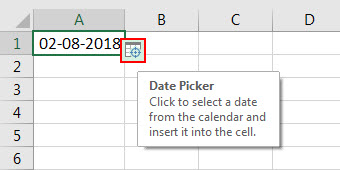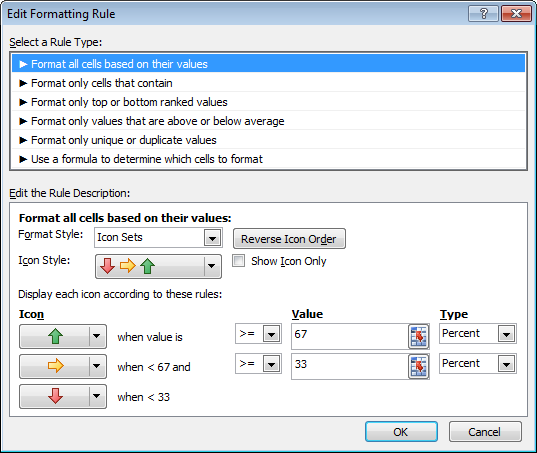

That's it! A drop down calendar control is inserted in your Excel sheet:Īs soon as the datepicker control is inserted, the EMBED formula appears in the formula bar.


The datepicker control belongs to a family of ActiveX controls, which reside on the Developer tab. To insert a calendar in Excel, perform the following steps. Microsoft's Date Picker control works with 32-bit versions of Excel 2016, Excel 2013, and Excel 2010, but it will not work on Excel 64-bit. The following guidelines will walk you through the process step-by-step, but first be sure to read the following important note. Inserting a dropdown calendar in Excel is easy, but because the Date and Time Picker Control is so well hidden many users don't even know that it exists.
EXCEL DATE PICKER IN CELL 64 BIT HOW TO
How to insert a calendar in Excel (Date Picker control) How to make calendar in Excel - a quick way to create a printable calendar based on a template (weekly, monthly or yearly).
EXCEL DATE PICKER IN CELL 64 BIT FREE
Third-party calendar tools for Excel - a selection of free third-party tools to insert a calendar (date picker) in the desktop and online versions of Excel.How to insert calendar in Excel (Date Picker control) - step-by-step instructions to create a drop-down calendar.Should they be entered as mm/dd/yy or dd/mm/yy or mm-dd-yyyy? And can I simply type a date like ""? Oh, and what was the date of the first Monday in September this year?Īll of the above problems can easily be solved by inserting a drop down calendar that will let your users fill in dates in a mouse click! This tutorial will teach you an easy way to make such a calendar in Excel, and show how to quickly create a calendar based on a template. When working with large or shared worksheets, maintaining data integrity is the biggest problem, especially when it comes to entering dates. You will also learn a quick way to create a printable calendar based on an Excel calendar template. The tutorial shows how to insert a drop-down calendar in Excel (date picker) and link it to a specific cell.


 0 kommentar(er)
0 kommentar(er)
